Terezín Concentration Camp, otherwise known as Theresienstadt Ghetto, is located less than 70 km northwest of the capital of the Czech Republic. It’s in the North Bohemia region and makes for an easy day trip from Prague. Built as a transit camp, rather than an extermination camp, many intellectuals and artists were among the prisoners who were imprisoned within the fortress walls.
Taking a walk around Terezín Concentration Camp, as well as the town of Terezín, feels like taking a step back in time, and the history and devastation are apparent wandering around the grounds. There is a heavyweight as each step is a reminder of the cruelties that took place there merely 74 years ago.
Table of Contents
Visiting Terezin Concentration Camp
Touring the concentration camp on its own could take a contemplative 2 hours; there is so much to see that it takes time to fully take in the immensity. Compared to some other concentration camps, Terezín Concentration Camp is still a majority intact and has been retained in a way to show what it would have been like during its operational years.
While the horrors of this camp are apparent during the visit, it has been said that to forget the atrocities of the Holocaust is to live it twice. So by learning about the history of the concentration camp and those who were killed there, their memories will live on forever.
Please note – Some of our selections contain affiliate links. These allow us to earn a small percentage every time you make a booking. Using our links enables us to provide all the information found on this site free of charge.
The History of Terezín Concentration Camp
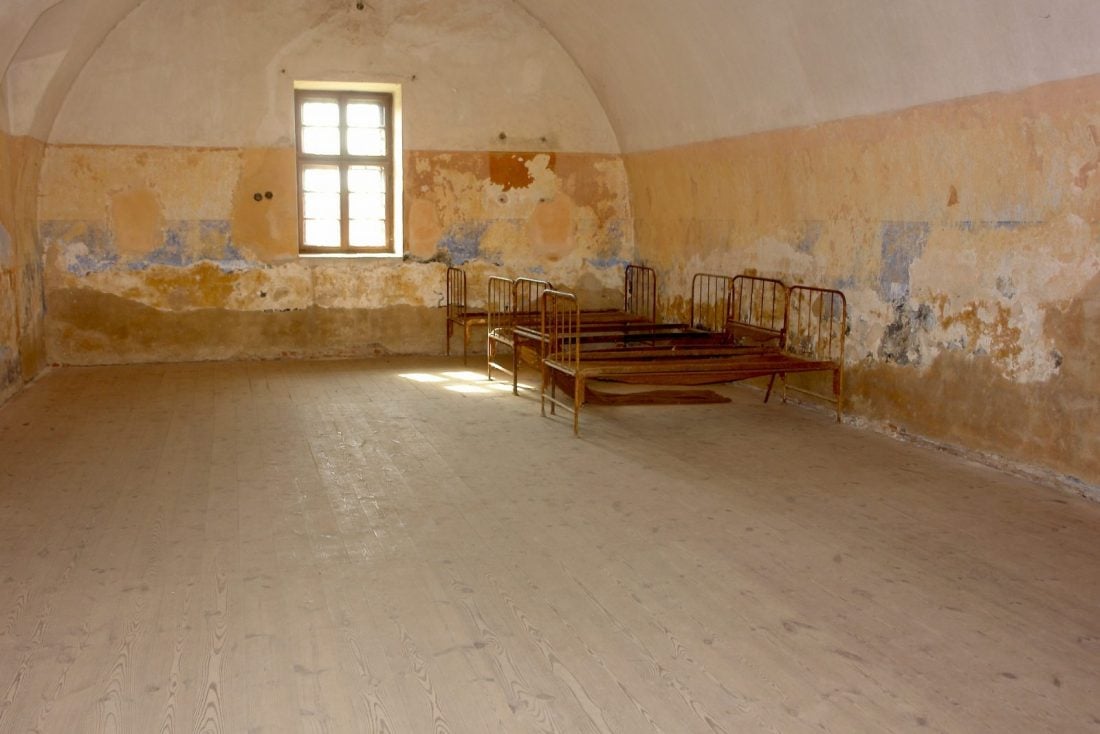
Long before the second World War, Terezín was a holiday destination and later became known for its so called fortress – Theresienstadt. During World War II, Terezín was converted into a concentration camp and ghetto for Jews primarily from Czechoslovakia, as well as Germany, Austria, the Netherlands and Denmark. The concentration camp was in operation from November 1941 until May 1945 when it was liberated by the Red Army.
Over 150,000 Jewish people were deported to Terezín Concentration Camp over its four years of operation, of which 15,000 were Jewish children. Most of those who stayed in Terezín Concentration Camp were eventually transferred to other concentration and extermination camps throughout Poland, most predominantly Auschwitz and Birkenau. Many prisoners were scholars, artists, scientists, philosophers and musicians and brought a great deal of culture to what would have been one of the most uncultured places on earth.
Unlike Auschwitz and Birkenau, Terezín Concentration Camp was not an extermination camp, but thousands still died within the walls due to poor living conditions, malnutrition and disease. At the end of World War II, only ten percent of the inhabitants had survived. It is estimated that 33,000 prisoners died there, while tens of thousands more were shipped off to their next destination – including Auschwitz-Birkenau, Treblinka and Sobibór. By the end of the war, it was estimated that there were only 17,000 survivors of Terezín Concentration Camp.
Terezín Concentration Camp was used to spread propaganda about the conditions of this and other similar ghettos. In an effort to fool Western Allies, Nazis portrayed Terezín Concentration Camp as a center for culture and art. Performances and shows were put on by prisoners for SS Officers and other staff of the camp. The International Red Cross and Danish Red Cross even visited, to check in and to confirm or deny the conditions of the ghetto that had been circulating, but in the end they were satisfied with what they had witnessed. In fact, a plan was put in place to beautify the camp and disguise the terrible living conditions. The prisoners renovated and painted the barracks and even planted gardens around the camp.
Even a propaganda video was filmed at the Terezín Concentration Camp to show the splendid living conditions and protection provided by the Third Reich. The film was made as the war was coming to an end so it was never completed, nor distributed, but a few screenings were shown and the remaining copies were destroyed.
What to Expect When Visiting the Terezín Concentration Camp
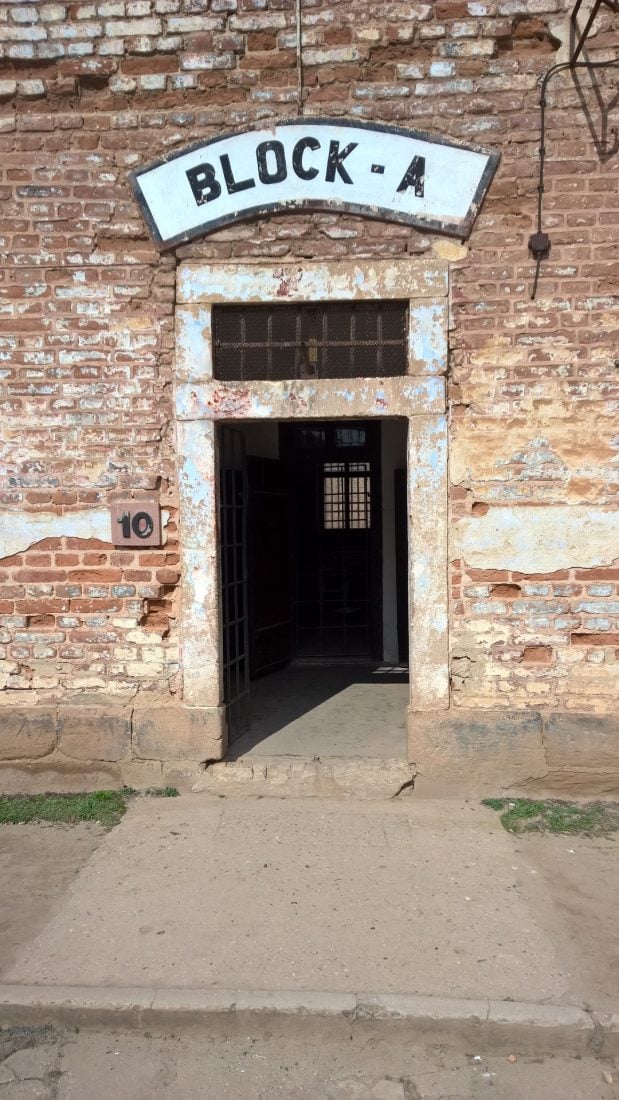
When visiting Terezín Concentration Camp, visitors can roam inside the fortress walls. Walking under the “ARBEIT MACHT FREI” (“Work sets one free”) sign at the entrance to the ghetto, a somber feeling settles in that does not leave until departing the camp.
While walking around the concentration camp it is possible to enter a block which is where the prisoners were housed. Original beds where prisoners slept can be seen along with crude toilet and shower facilities. There is also a room with a row of sinks that was used for propaganda purposes to show that the conditions were livable and not as atrocious as they were in reality.
An interesting aspect of the concentration camp is a tunnel that runs around the moat of the camp and emerges at a memorial. It is a dark, damp, claustrophobic space that takes around 10 minutes to walk through end-to-end. Apparently, it wasn’t used while the camp was in operation, but it is an eerie aspect of the camp to experience.
Other important sites to see within the camp include the execution grounds, where firing squads rained bullets on prisoners, workshops where prisoners, dark, dank solitary confinement cells, and a cemetery outside the walls of the fortress. The cemetery was built after the end of the war to memorialize those who were killed in Terezín Concentration Camp and to pay homage to all those who lost their lives during the Holocaust.
Exploring the Town of Terezín
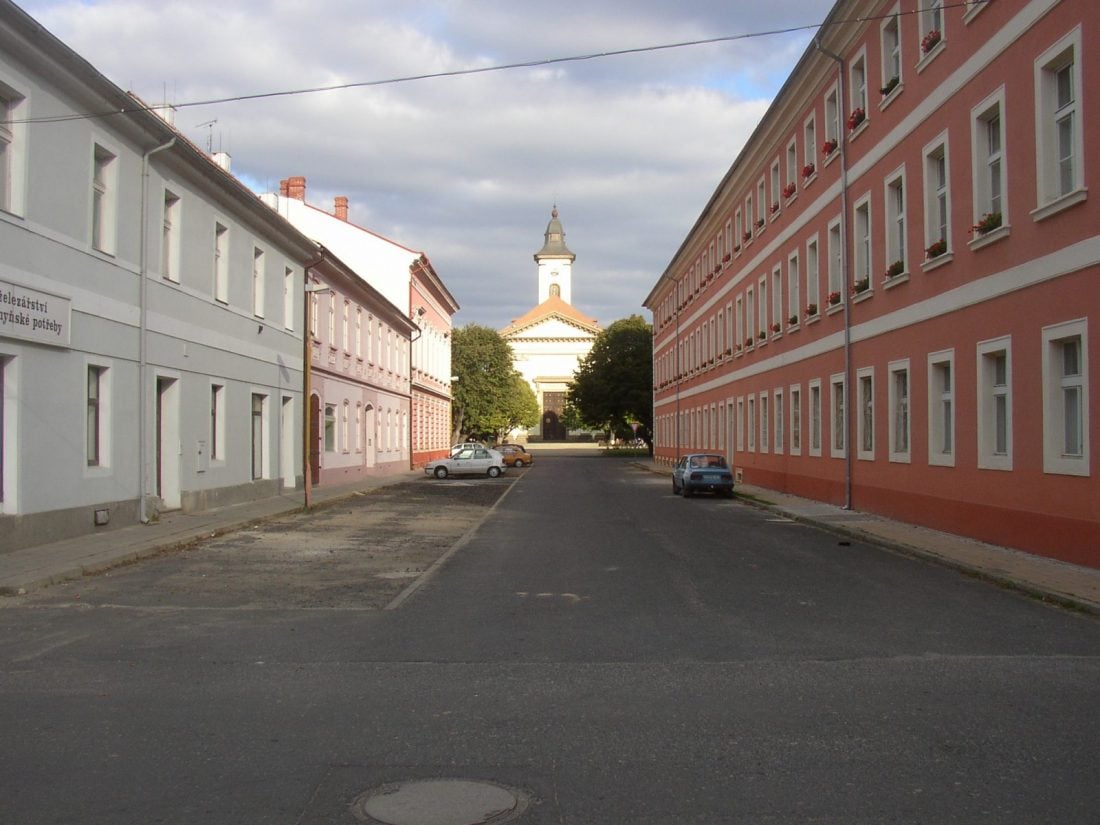
Terezín Ghetto Museum
Terezín Ghetto Museum is the first permanent exhibit marking the 50th anniversary of the start of the deportation of Jews in the Czech Republic displays the history of the Concentration Camp and commemorates the victims. There is also a Memorial Hall that is devoted to the young children sent to the camp and displays thousands of pieces of artwork made by the children.
There is an exhibition in the Ghetto Museum called “Art in the Terezín Ghetto” that displays works of art by prominent artists who were imprisoned in the concentration camp. In addition, children’s drawings that were made from 1943-1944 are displayed. Many children were prisoners at Terezín Concentration Camp before they were most likely shipped off to their deaths at other camps within Central Europe.
*Tickets to the Ghetto Museum are valid at the Magdeburg Barracks.
Terezin Memorial – Magdeburg Barracks
In the Magdeburg Barracks, the Ghetto’s Jewish Self-administration departments were housed next to the flats of some of the leading office holders of the SS. An interesting aspect of the Barracks was that it was the center of major cultural events including concerts, theatre performances, lectures, meetings, and services. Many of the Jewish prisoners came from cultural backgrounds and they used their talents to conduct the events that were prepared for by the Jewish Self-administration workers.
Within the Barracks, there are permanent exhibits that highlight the music in the ghetto along with the living conditions in the reconstructed dormitory. Music and art played a key role in the Terezín Concentration Camp, unlike other camps, and this is apparent throughout the exhibits in the Barracks.
*Tickets for the Magdeburg Barracks are valid at the Ghetto Museum.
Small Fortress
The Small Fortress acted as a police prison for resistance fighters and organizers. Although 90% of the prison population was Czech and Slovak, there were also prisoners from the Soviet Union, Poland, Yugoslavia, France, Italy and England. Some were prisoners of war and the prisoners of the Small Fortress were forced to endure slave labor conditions. Many executions took place in the Small Fortress and the conditions were likened to the Terezín Concentration Camp. With prisoners living in squalor, many died from hunger, maltreatment, poor hygiene, and lack of medical care.
*Tickets for the Terezín Ghetto Museum, Small Fortress and Magdeburg Barracks can be purchased as a combined ticket.
Terezín Crematorium
The Crematorium was built by the ghetto prisoners and records noted that 30,000 victims were cremated here. Victims were mainly from Terezín Concentration Camp, the Small Fortress and others were from nearby concentration camps.
Getting to Terezín Concentration Camp from Prague
Tickets can be purchased online in advance or at the entrance to the concentration camp. Included in the ticket are a brochure and a map of the camp that detail the layout and provide a description of the purpose of each building and room.
Buses depart to Terezín Concentration Camp, leaving nearly every hour from 6:00 am until 8:00 pm from the station Nádraží Holešovice, which is just off of the Red line (C) metro stop of the same name. Trains leave every 1-2 hours from 6:00 am until 11:00 pm from the main train station, Hlavní Nádraží.
If opting for the bus, there are two stops in Terezín, the first stop is closest to the Terezín Concentration Camp (Terezín, U Památníku) and the second stop is in the center of town (Terezín). Terezín Concentration Camp is about a 15 minute walk to the town square.
If you’re looking for the easiest and most informative way to visit, we recommend considering an organized tour. This 5-Hour Small Group or Private Tour of Terezín includes pick up from your hotel, transportation, entrance to museums and a guided tour.
For a less expensive option you can also choose this package which includes transportation from Prague and entrance fees only for Terezin.
Like This Article? Pin It!

_festungstor.jpg)
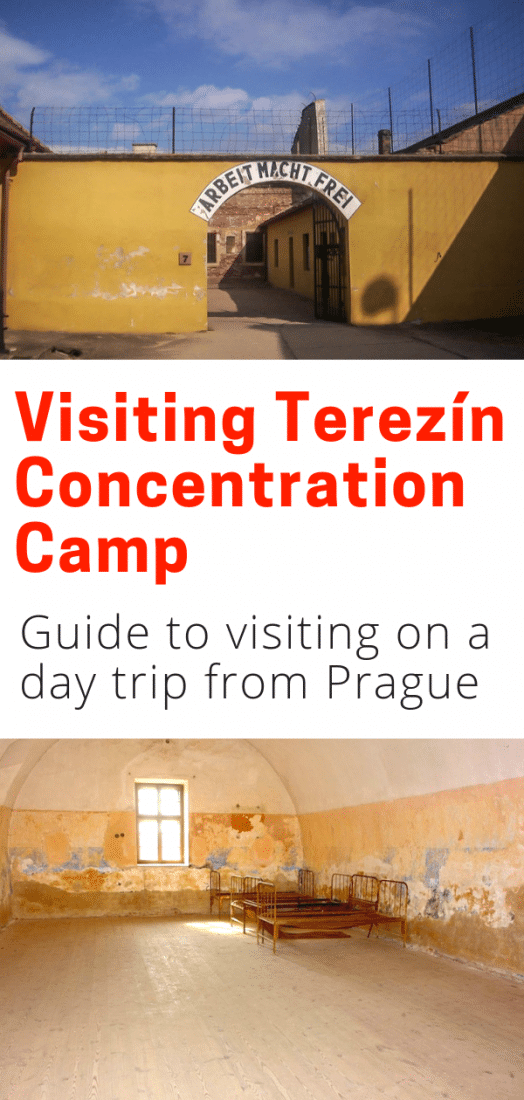


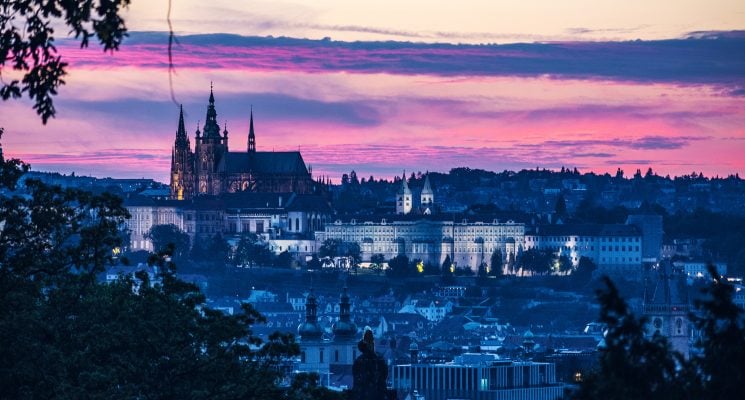
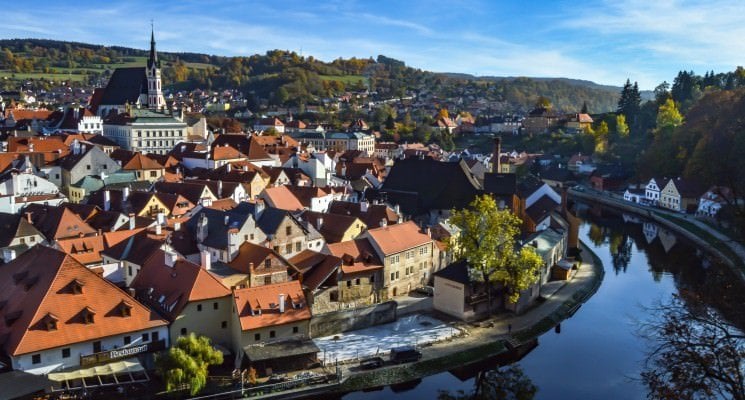
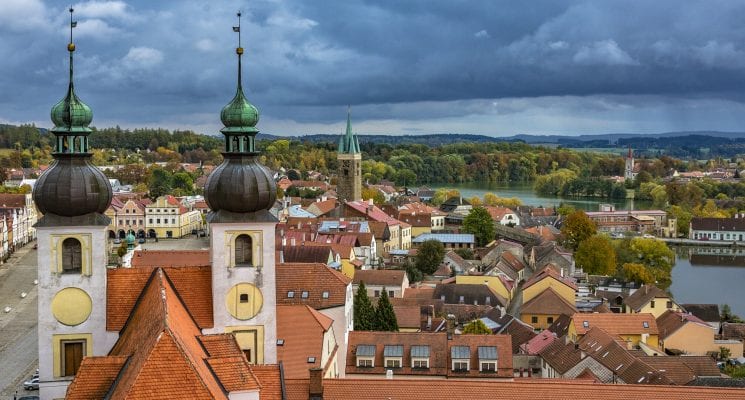
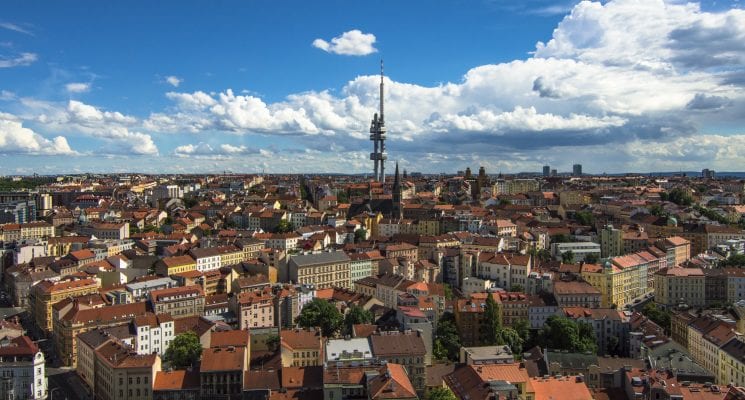
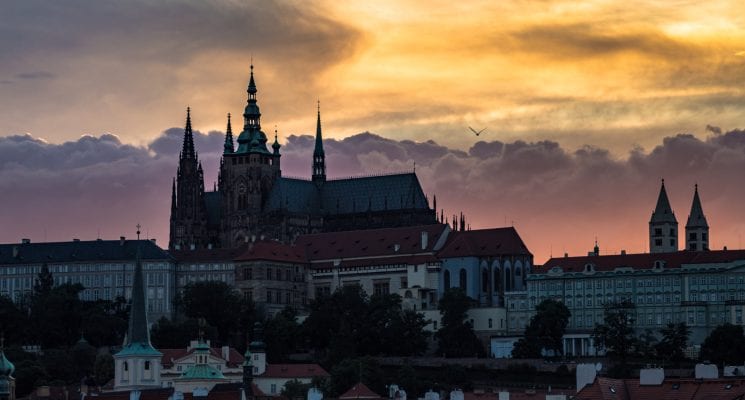
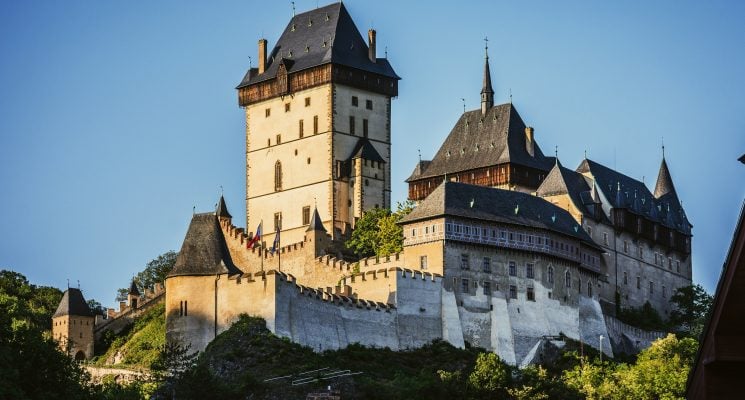
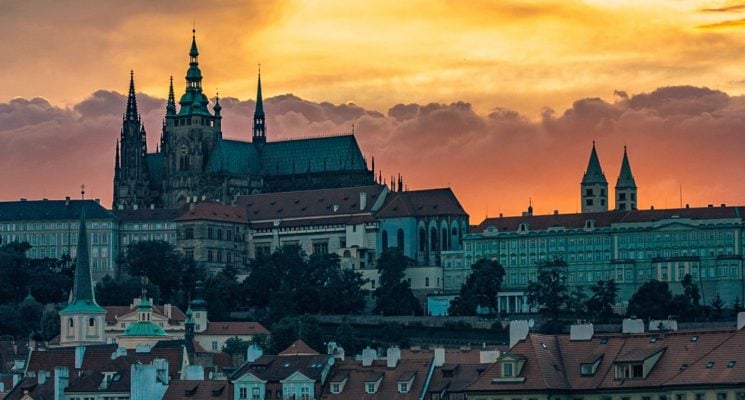
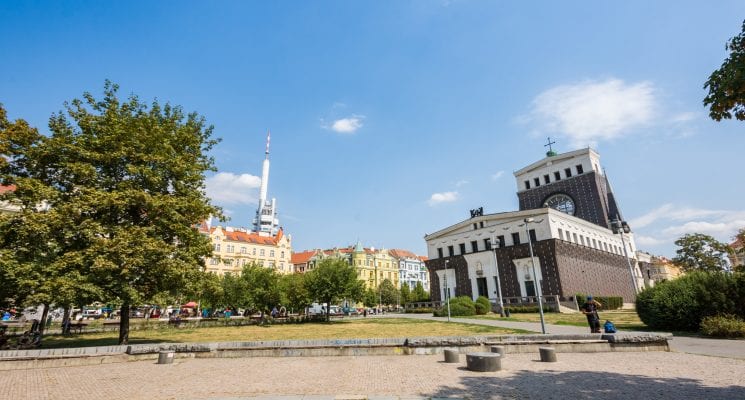

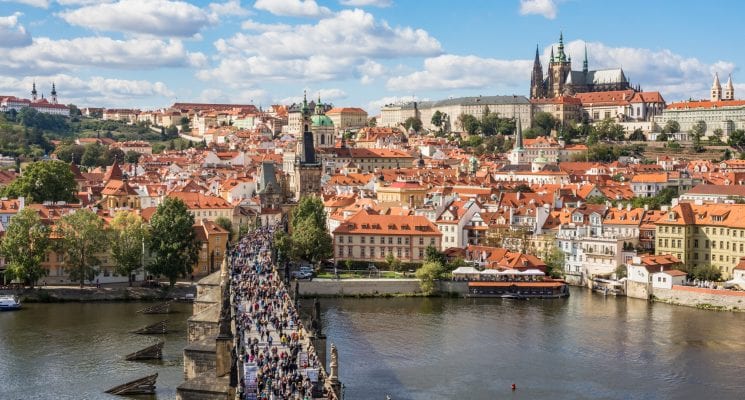
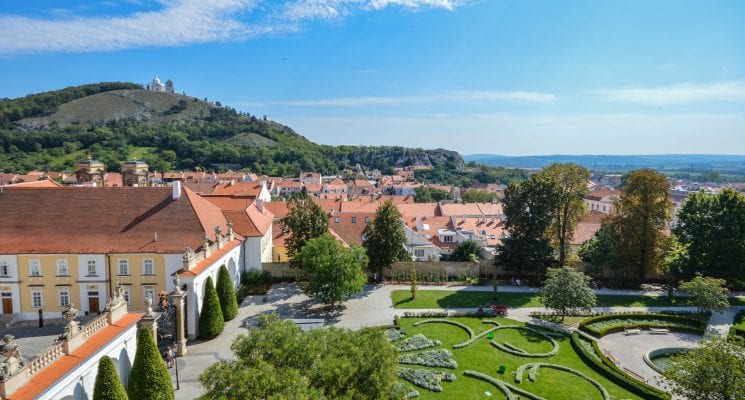

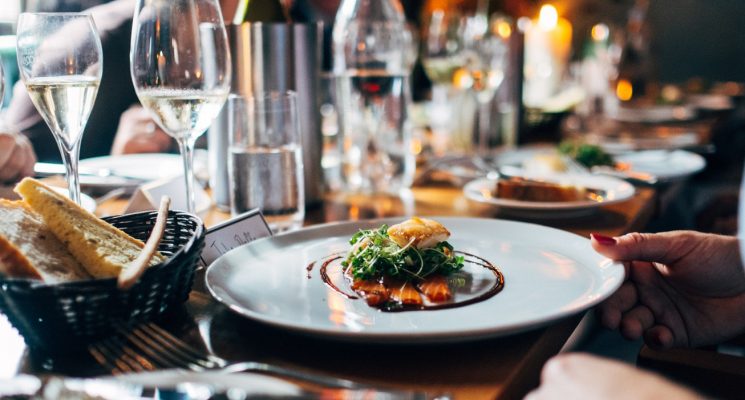
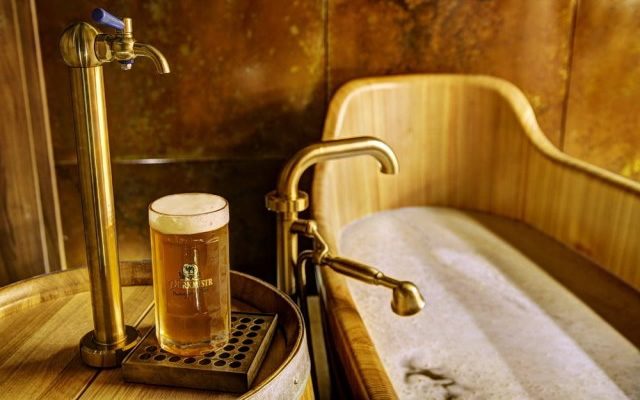
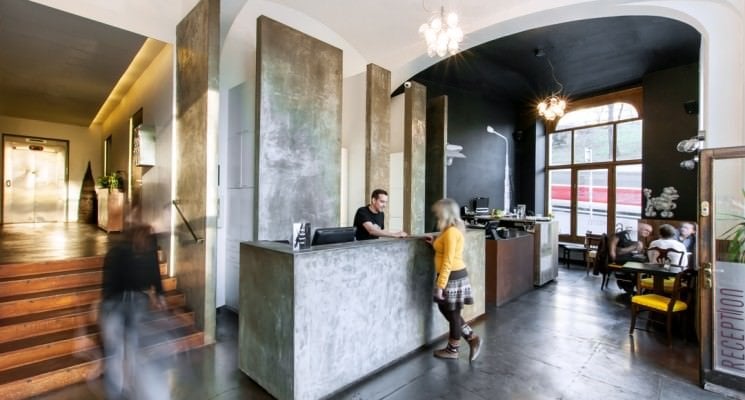
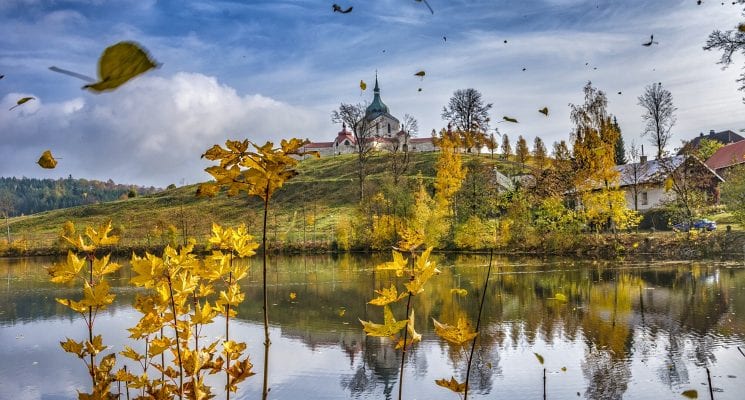
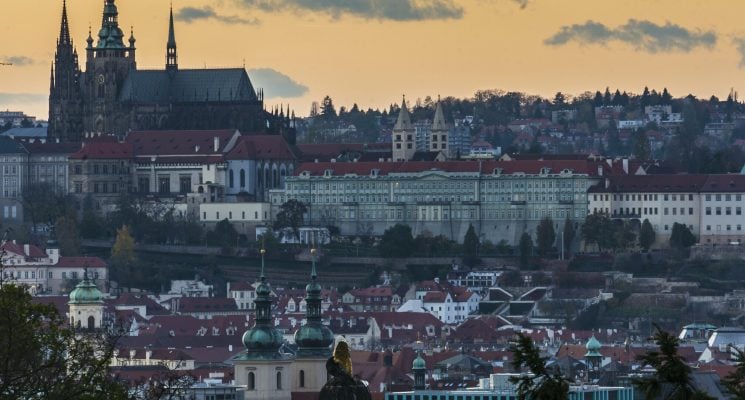
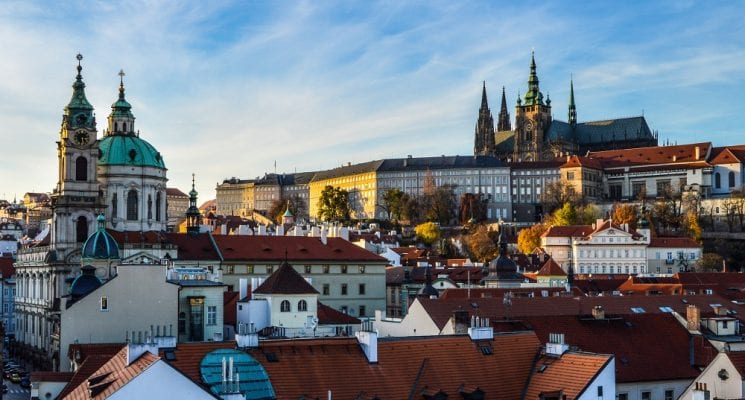
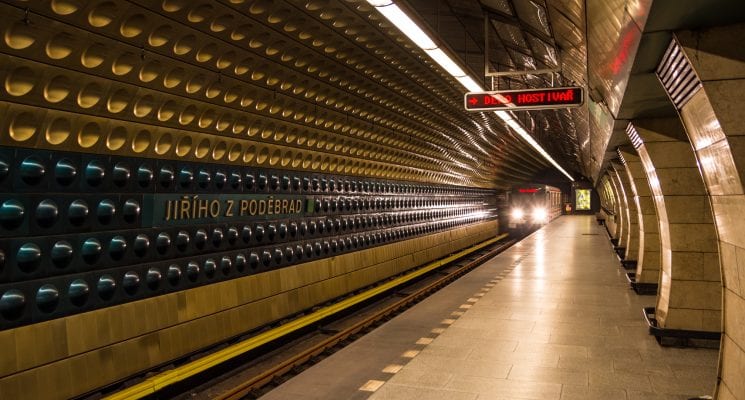
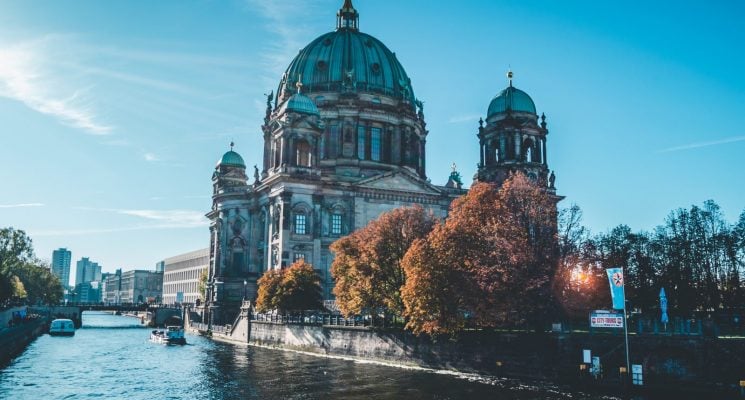
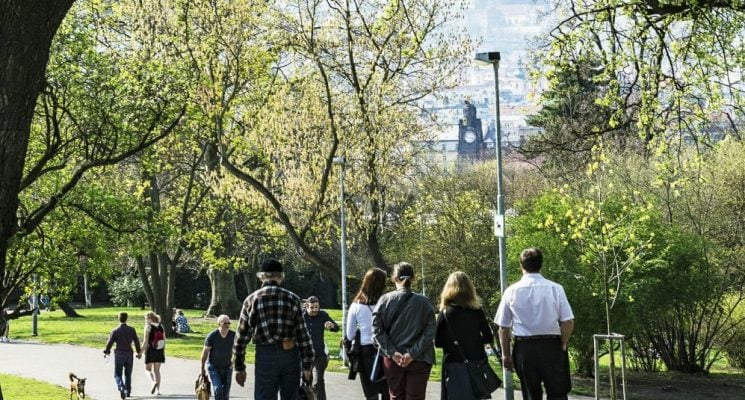

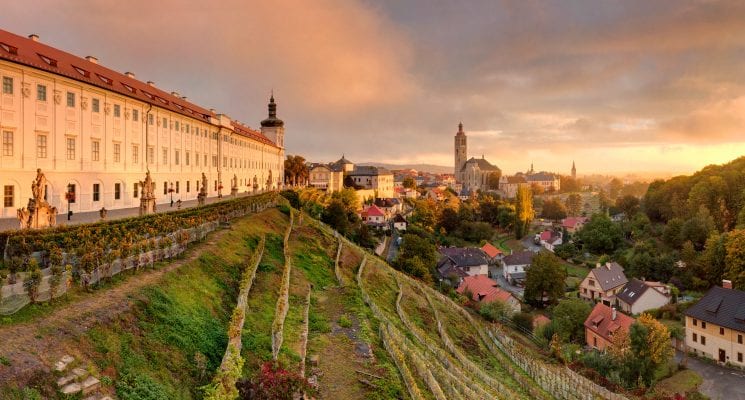
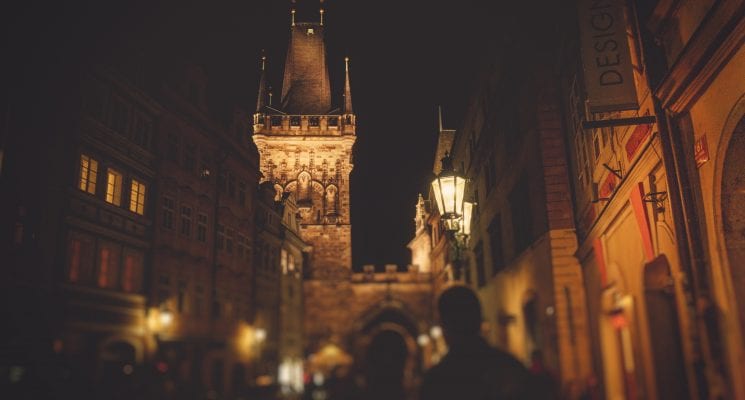
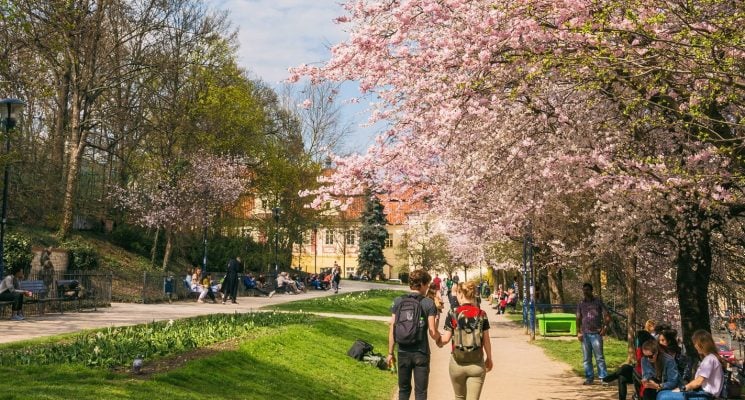
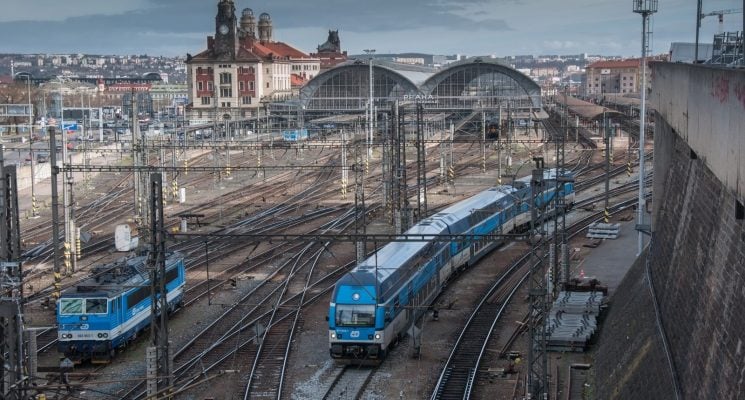
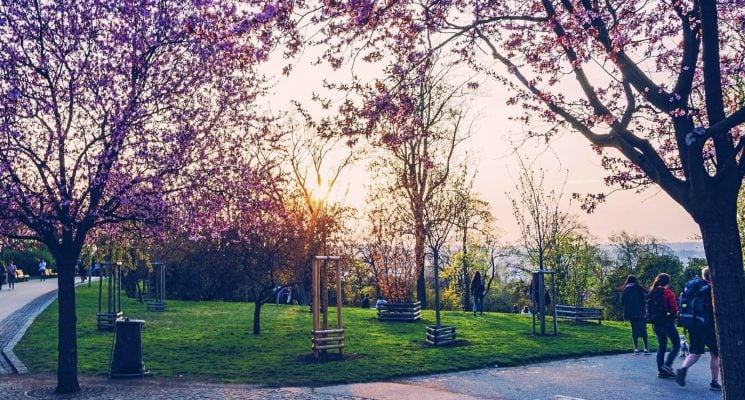
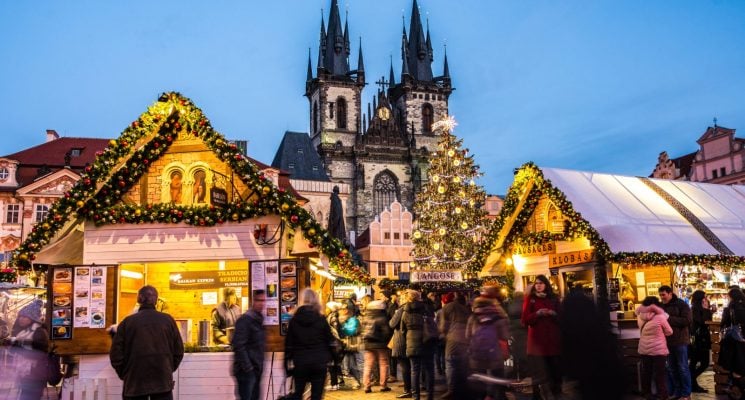
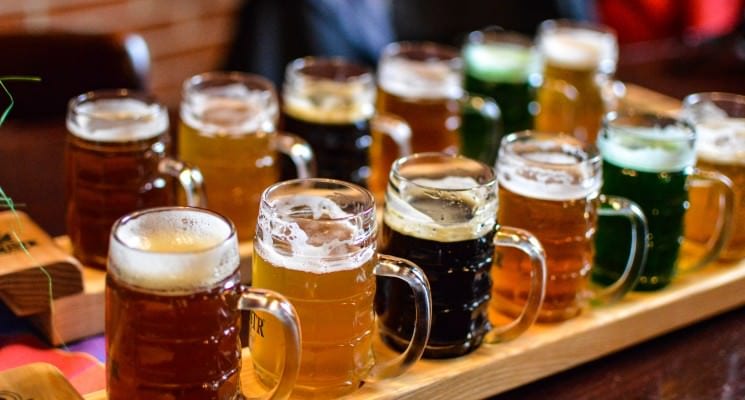
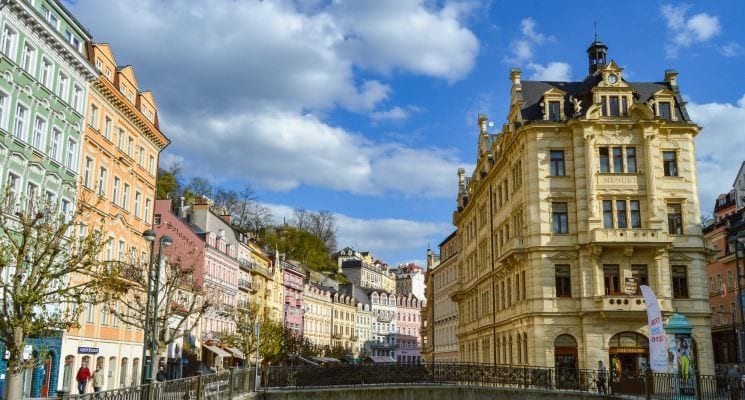
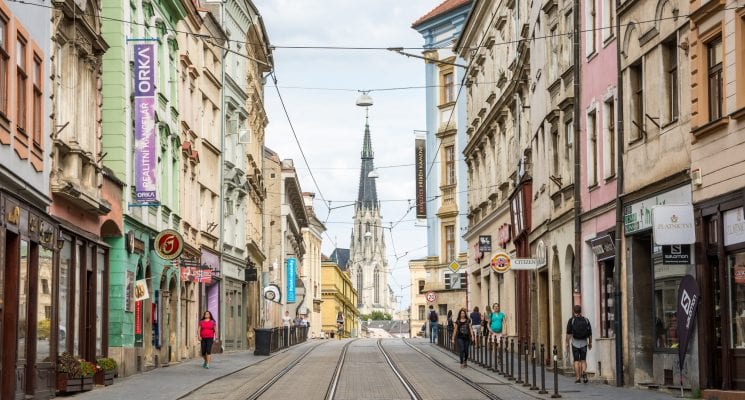
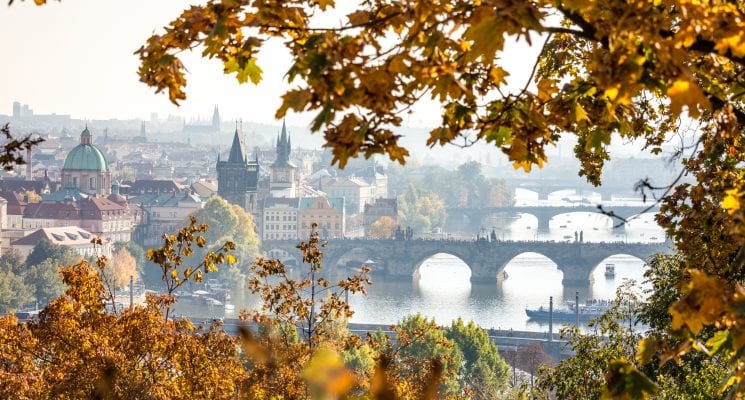
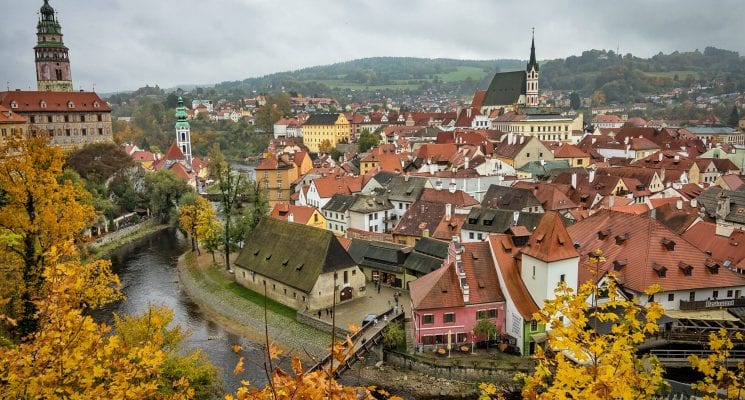

Comments